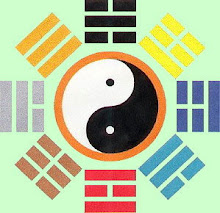Never hearing about the star before I did some research and found some interesting things.
Then just recently I came across this:
http://www.hindunet.org/hindu_history/ancient/mahabharat/mahab_abhijit.html
"Maharshi Vyas has recorded in Mahabharat, Vana Parva (Chap.230, Verses 8-11), a dialoge between Indra and Skanda where-in it is stated that:
- "Contesting against Abhijit (Vega), the constellation Krittika (Pliedes) went to "Vana" the Summer Solstice to heat the summer. Then the star Abhijit slipped down in the sky. At that time Dhanishta was given the first place in the list of Nakshatras. Rohini was also the first some time back. Now you decide what to do," said Indra.
Krittikas were at the Summer Solstice between 21,800 and 20,840 years B.C. At this time Dhansishta was at the vernal equinox and hence was given the first place in the Nakshatras. From this period, the sages noticed the gradual fall of Abhijit. Falling steadily, it is assumed the position of the Celestial Pole at 12,000 B.C., when Indra met Skanda to think on the problem of time-reckoning. The story shows that the Indian sages were observing the stars and constellations at least from 23,000 years B.C."
It also seems that where Ketu is placed in my astrology chart is within Abhijit field at 8 degrees Capricorn, if what I found on the website was accurate. Seeing Ketu relates to the past, its an interesting co-incidence.
The Arabic name for the star translates as "falling" or "landing" also, which maybe is named that way because of the observation of gradual fall of it all those years ago?
Recently something has been nagging at me to find out more about this star. Being in the southern hemisphere, I am unable to see it in the sky, so if I ever get to the Northern Hemisphere it will be interesting. It's also interesting that the Pleiades took Vega's place, and the Pleiades have always been one of my favourite constellations. My eye is always drawn to them in the nightsky.


No comments:
Post a Comment